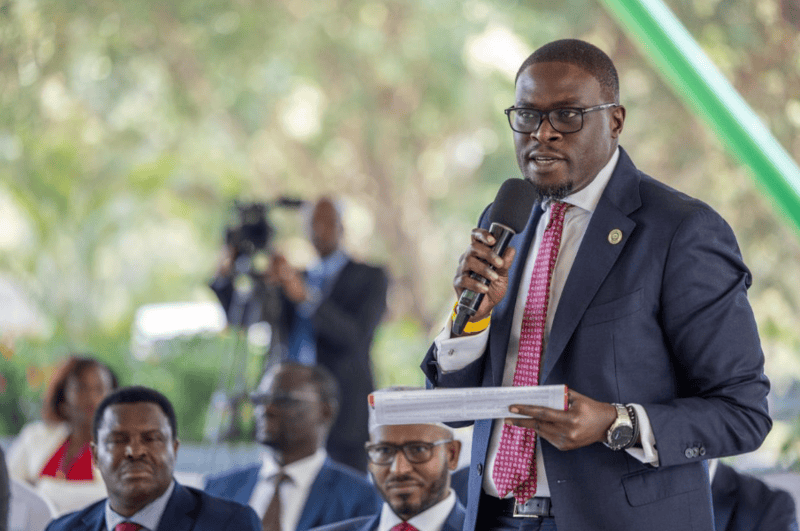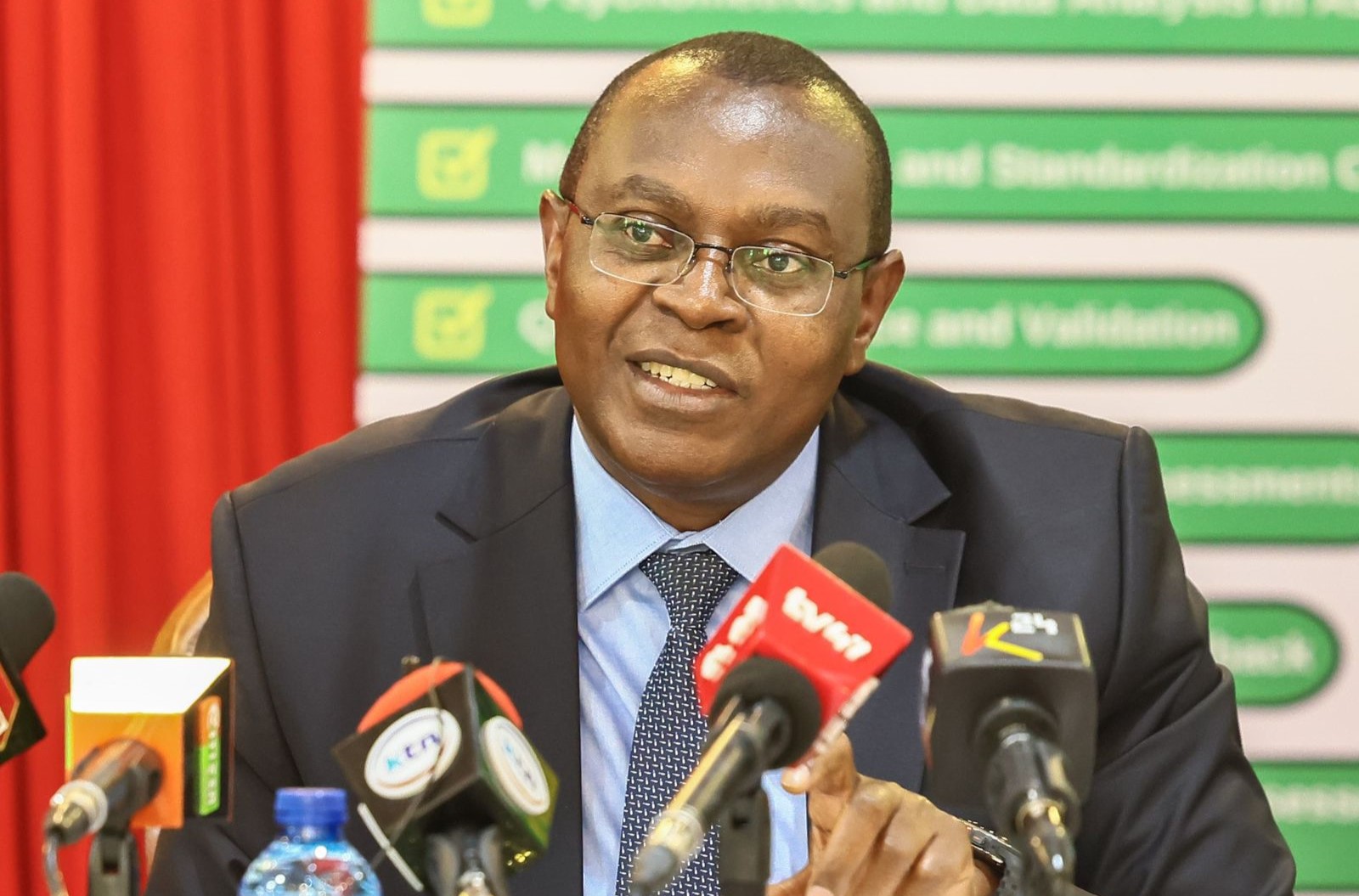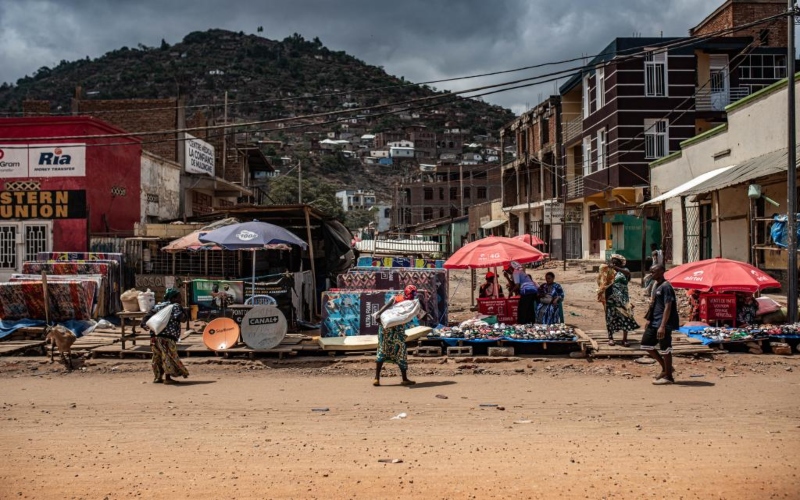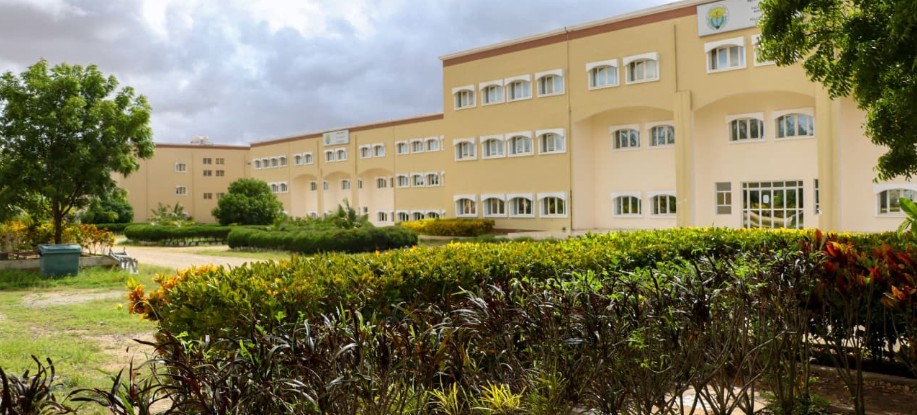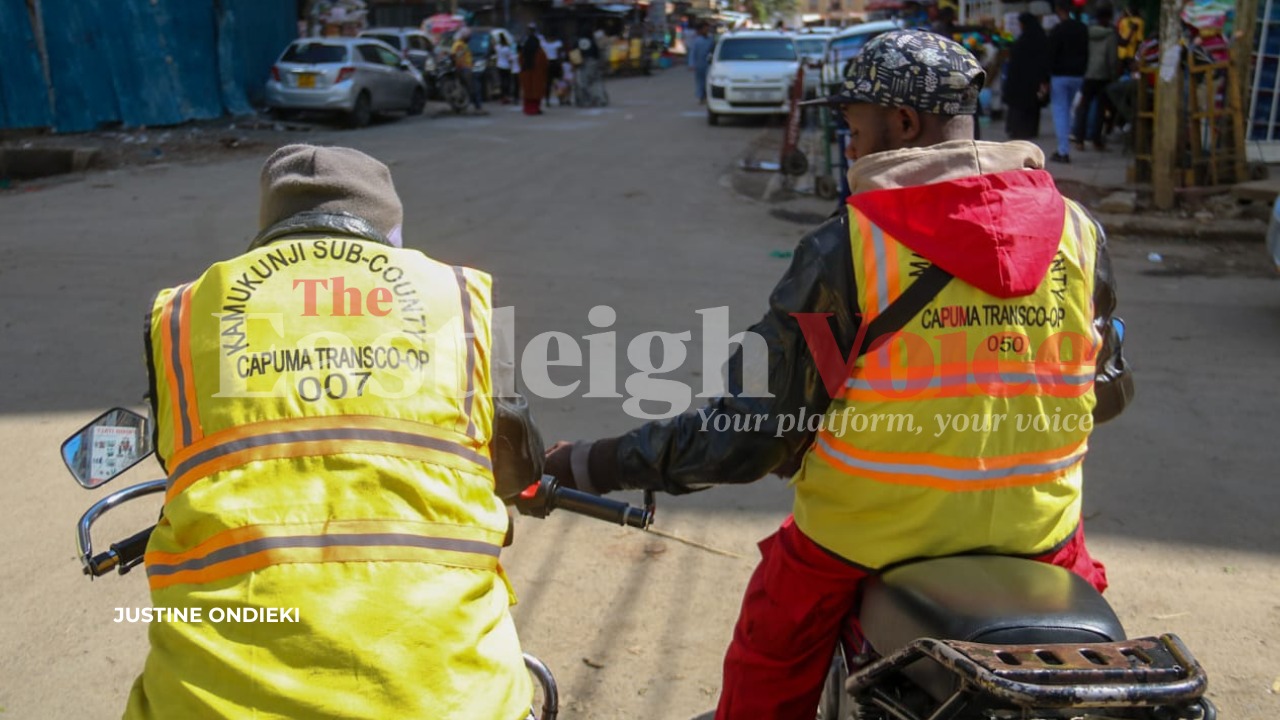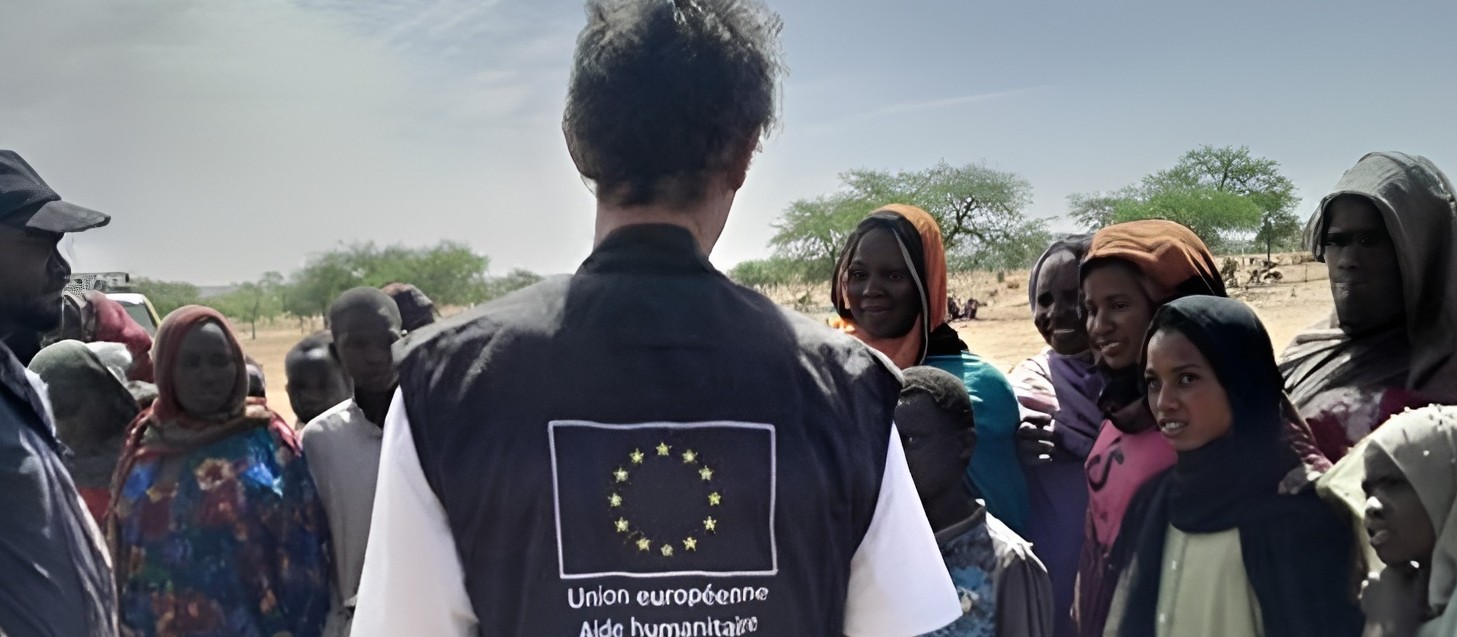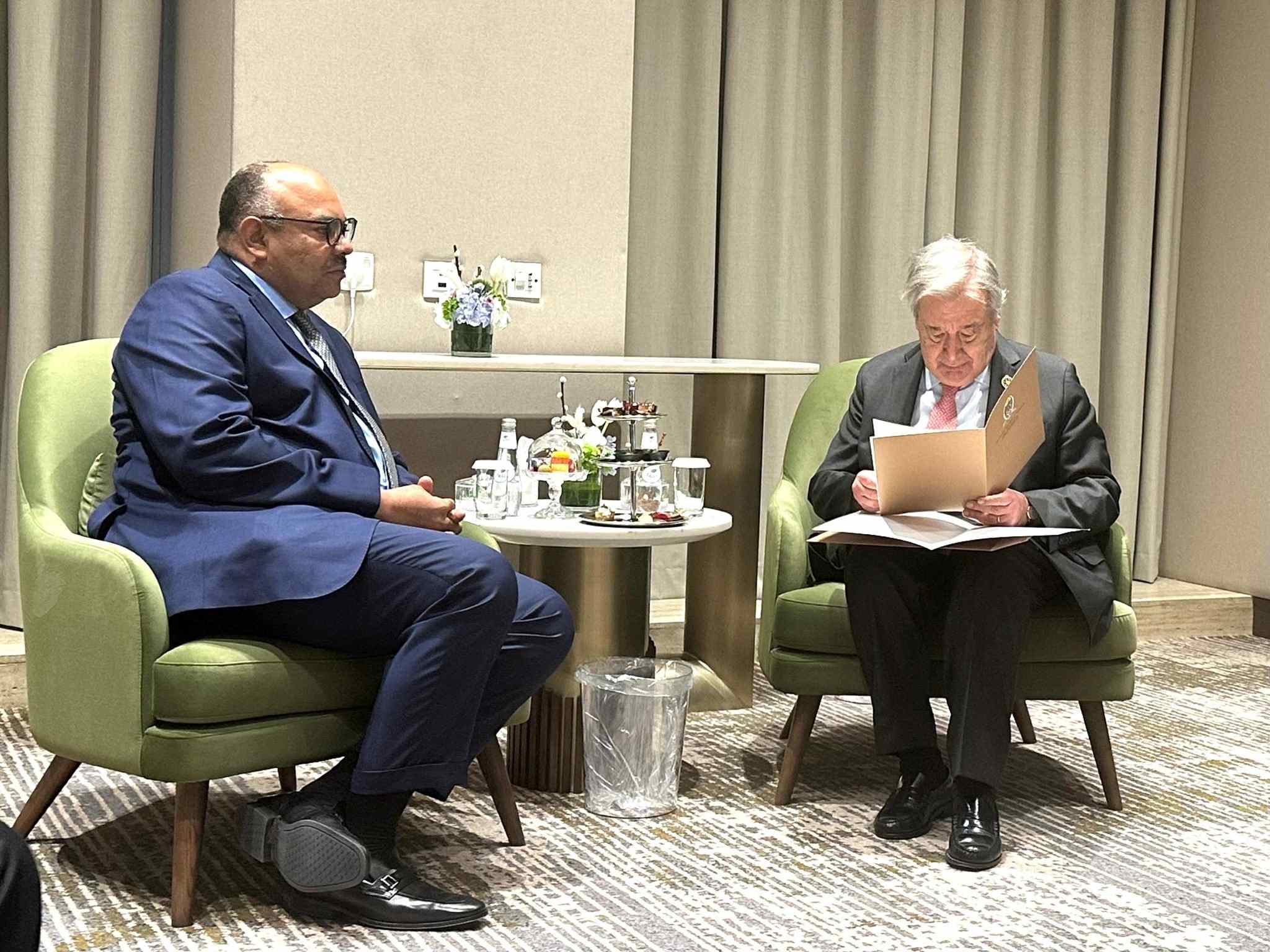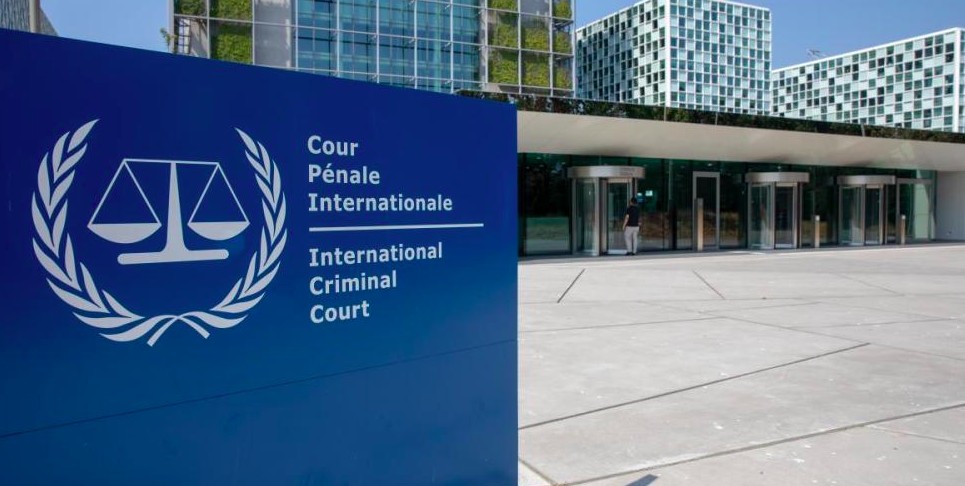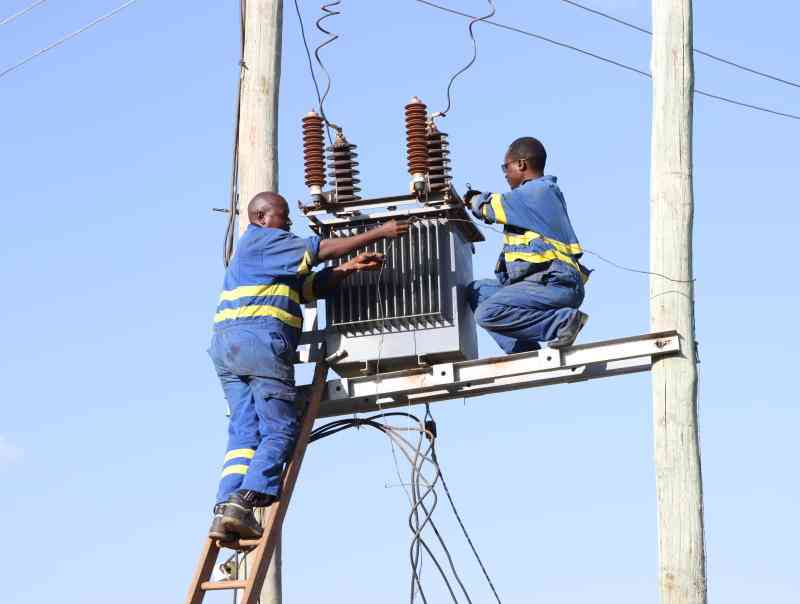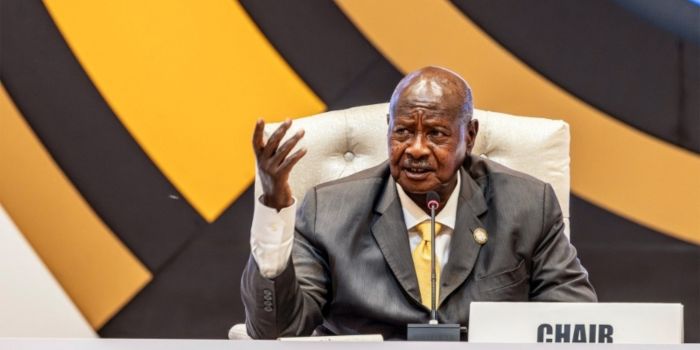Sh18 billion capitation delay pushes secondary schools to the brink
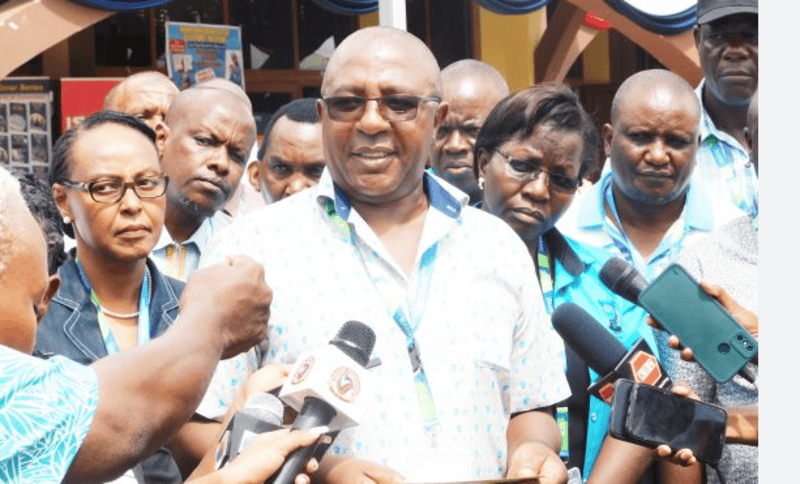
Form Four mock exams and other end-of-term assessments are also under threat, while some institutions are already considering early closure.
Secondary school principals have raised concerns that the prolonged delay in releasing government capitation funds is pushing public schools, especially day institutions, to the edge of collapse.
The Kenya Secondary Schools Heads Association (KESSHA) says the State is yet to disburse over Sh18 billion in funds for the first and second terms of the current school year, leading to major disruptions in school activities and operations.
More To Read
- Government raises primary school capitation by 58 per cent to Sh2,238 per learner
- Over 44,000 schools cleared for capitation as audit uncovers 87,000 ghost learners
- MPs outraged as Education CS reveals Sh1.1 billion paid to ghost students in public schools
- Capitation withheld from 29 schools pending verification, Education CS Ogamba tells MPs
- Capitation crisis forces early school closures nationwide
- Education CS Julius Ogamba summoned by MPs over delays in school capitation funds
According to KESSHA chairperson Willy Kuria, the government owes schools Sh7.5 billion for Term I and Sh10.5 billion for Term II.
He warned that the financial strain is being felt most by day schools, which serve the majority of learners, and that some institutions may be forced to shut down before the official closing date of August 1.
“Schools are facing a major crisis. These financial constraints have severely impacted the smooth running of many institutions, with day schools bearing the brunt of the crisis. The insufficient funding hampers the delivery of essential services, disrupts learning programmes, and strains the ability of school principals to meet basic operational needs,” Kuria said as quoted by Daily Nation.
He said the situation has become so dire that some teachers are now avoiding setting full examination papers and omitting practicals due to a lack of resources.
Form Four mock exams and other end-of-term assessments are also under threat, while some institutions are already considering early closure.
“Teachers are forced to avoid giving complete examination papers and omit practicals. The issue has been quietly building over the past few years, as can be vindicated by the previous years’ disbursement figures and affects learning,” Kuria said.
Speaking in Murang’a, Kuria noted that many schools are struggling to pay board-employed staff, while others face disconnection of water and electricity due to unpaid bills.
Special needs schools, which require additional resources to operate, have not been spared either.
The KESSHA chairperson also pointed to a trend of poor academic performance in national exams, linking it to chronic underfunding. He highlighted the rising number of students scoring a mean grade of E in the KCSE over the past three years.
“When schools lack adequate resources, performance is greatly affected, and this can be attested to by the gradual increase in the number of E [mean grade] countrywide in KCSE in the last three years,” he stated.
Data shows that in 2022, 30,822 candidates scored an E in the KCSE. The number rose sharply to 48,174 in 2023 and slightly increased to 48,333 in 2024. Kuria said most of these grades came from day schools, which host more than 70 per cent of secondary school students.
“Secondary schools, especially day secondary schools, have struggled to keep abreast with the latest technology, making it difficult for students to access modern learning tools, contributing to wider achievement gaps and perpetuating inequality in education,” he added.
KESSHA secretary-general Abdi Noor Haji said principals are also under pressure from suppliers demanding payment for services already rendered. He noted that the lack of funding has affected co-curricular activities, which are essential for the overall development of learners.
“The situation is dire, and we’re calling upon the government [to meet part of its bargain] because it was our hope that a second tranche would be released before schools close to pay salaries for our staff. The funding shortfalls have limited access to sports, arts, modern agriculture and clubs that enrich students' educational experiences and provide avenues for careers in those areas,” said Abdi.
The heads also criticised the current funding model, saying the capitation amount of Sh22,244 per learner annually is no longer realistic due to the rising cost of living. The funds are supposed to be released in three parts, 50 per cent in Term I, 30 per cent in Term II, and 20 per cent in Term III, but this has not been happening.
Kuria said that while schools should receive Sh6,673 in Term II, the actual amount released has been far less in recent years.
“Schools expect a capitation of Sh6,673, but in contrast, schools have, in what appears to be the norm, been receiving far below. In 2022, schools received Sh4,289.24, in 2023, Sh4,150.35 and in 2024, Sh4,505.50. The Sh3,471.60 schools received this year is the lowest,” Kuria said.
He also called on the government to bring back the cost-sharing model, which was scrapped in 2017, saying it would help ease pressure on schools by allowing parents to contribute part of the tuition fees.
KESSHA officials further urged the government to implement recommendations from the Presidential Working Party on Education Reforms by introducing a minimum essential package for schools with low enrolment.
“The essential minimum package is supposed to insulate them and sustain them on everyday basics. We call for the vacation of the directive to retain infrastructure funds from capitation. Alternative funds should be sought for infrastructure development in schools,” they said.
Top Stories Today
